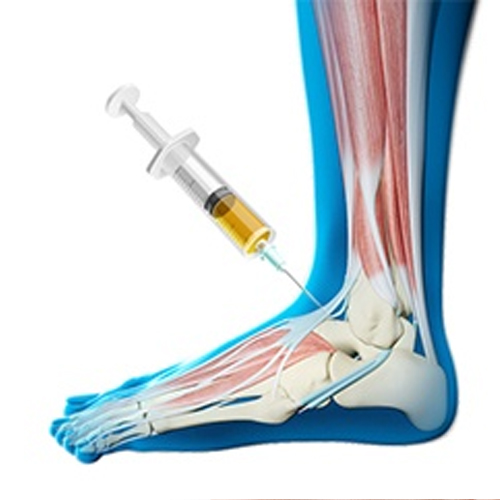Indications
PRP is a relatively new method of treatment for several orthopaedic conditions such as Plantar fasciitis, Achilles tendinopathy, muscle injuries, arthritis and fractures. PRP injections can help alleviate painful symptoms, promote healing and delay joint replacement surgeries.
Procedure
Mr Sugathan will first draw about 30 ccs of blood from the large vein in your elbow. The blood is then spun in a centrifuge machine for about 15 minutes to separate the platelets from the remaining blood components. The injured part of your body is then anaesthetised with a local anaesthetic. The platelet-rich portion of your blood is then injected into your affected area. The injection procedure can be very painful in some patients.
Post-Procedural Care
- It is normal to feel some discomfort at the injection site for a few days after your procedure.
- You may use simple analgesics, cold compresses to alleviate your symptoms.
- You will be instructed to stop any anti-inflammatory medications.
- You may resume your normal activities but should avoid any strenuous activities such as heavy lifting or exercises.
Risks and complications
There are very minimal risks associated with PRP injections. Some of the potential risks include
- Increased pain at the injection site
- Infection
- Damage to adjacent nerves or tissues
- Bruising at the site of blood collection (elbow) and at the site of PRP injection
- Calcification at the injection site

